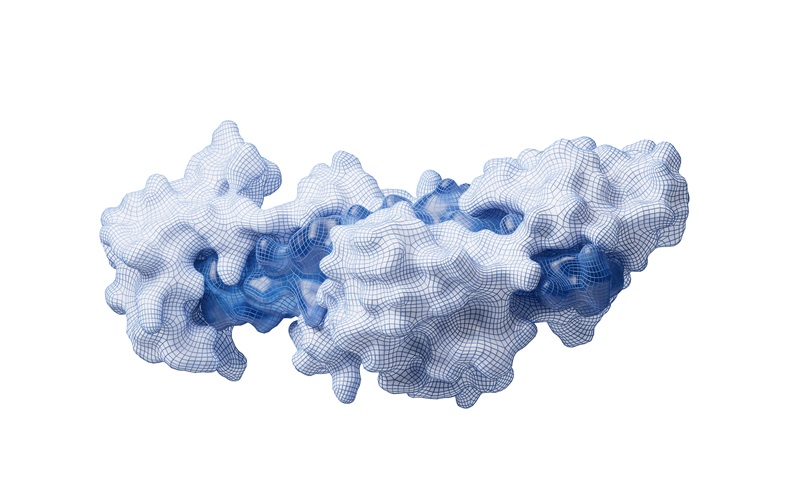
Visualizing the three-dimensional (3D) shape of your biological targets at atomic resolution is a critical component of contemporary drug discovery. Our Structural Biology Services deliver the deep molecular insights needed for the rational design, optimization, and de-risking of your preclinical drug candidates.
Key roles of structural biology in drug development:
- Confirming the molecular identity and conformation of therapeutic targets
- Understanding the atomistic details of protein–ligand or protein–protein interactions.
- Rational design of small molecule drugs or biologics with enhanced efficacy and selectivity.
- Screening and optimization of low molecular weight fragments into potent drug candidates.
Our Capabilities:
We offer a comprehensive, integrated suite of structural biology solutions spanning from gene-to-structure-to-candidate.
| X-ray Crystallography | Cryo-Electron Microscopy (Cryo-EM) | Nuclear Magnetic Resonance (NMR) Spectroscopy | |
| Description | The gold standard for high-resolution, atomic-detail structures, especially suitable for small molecule-protein complex analysis. | Ideal for determining the structures of large, dynamic, or conformationally flexible targets that are challenging to crystallize | Focused on studying smaller, soluble proteins and their dynamics in solution. |
| Applications | High-throughput co-crystallization, complex structure determination, and X-ray Fragment Screening (XFS). | Membrane proteins, multi-subunit protein complexes, protein-protein interaction (PPI) complexes, and large scaffold structures. | Ligand binding and mapping, conformational flexibility analysis, and Fragment-Based Drug Discovery (FBDD) screening. |
Select the Structural Biology Service You Need
Crystallization and Structure Determination:
High-throughput crystal screening, optimization, and X-ray diffraction data collection for fast and accurate protein structure determination.
Cryo-Electron Microscopy (Cryo-EM) Analysis:
Single particle and tomography-based analysis of macromolecular complexes to visualize large or flexible biomolecules at near-atomic resolution.
NMR Structural Studies:
Solution-state NMR-based methods to characterize dynamic proteins, flexible domains, or protein–ligand interactions.
Membrane Protein Structural Studies:
Dedicated pipelines for membrane protein expression, stabilization, and structural determination by detergents, nanodiscs, or lipidic cubic phases.
Protein–Ligand and Protein–Protein Interaction Analysis:
Structural characterization of binding modes, conformational changes, or interaction networks for target validation or drug design.
Fragment-Based Drug Discovery (FBDD):
Identification of fragment hits by a combination of structural and biophysical methods followed by iterative, structure-guided optimization into high-affinity drug leads.
Multi-Subunit Complex and Assembly Analysis:
Architecture, stoichiometry, and dynamics determination of multi-protein assemblies or macromolecular machines by cryo-EM or hybrid methods.
Computational Structural Analysis:
Advanced modeling, molecular dynamics simulations, or electrostatic surface mapping to interpret structure–function relationships or guide compound design.
Why Choose Our Structural Biology Services?
- Comprehensive Platform: X-ray, cryo-EM and NMR platforms enable us to provide structural services for everything from individual proteins to very large complexes.
- High-Resolution Accuracy: Cutting-edge instrumentation and validated pipelines ensure high-resolution, accurate atomic-level structural information.
- Expert Team: Our multidisciplinary team of scientists brings together deep expertise in structural biology, biophysics, and computational modeling.
- Tailored Project Design: Flexible service packages tailored to our clients' project needs and goals, from target selection to refinement of drug candidates.
- Seamless Integration: Direct connectivity to our biophysics, screening, and computational chemistry teams for end-to-end drug discovery support.
- Immunogenicity Testing
- Biochemical Assay Services
- Biophysical Assay Services
- Cellular Assay Services
- Biomarker Discovery
- Cytokine Analysis